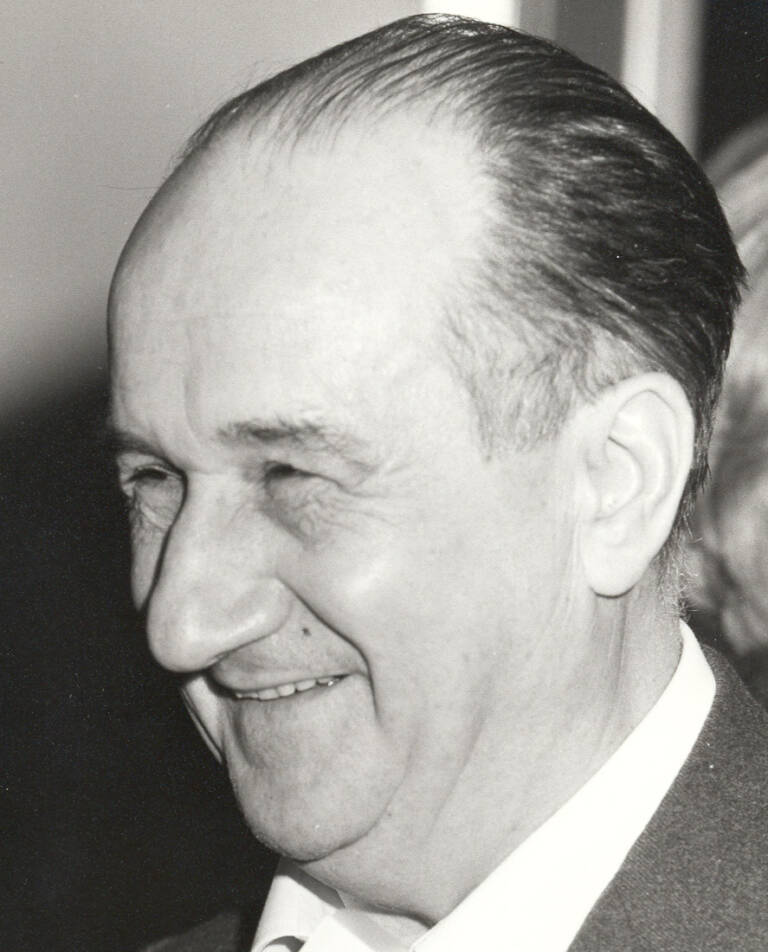History of the Laboratoire Kastler Brossel
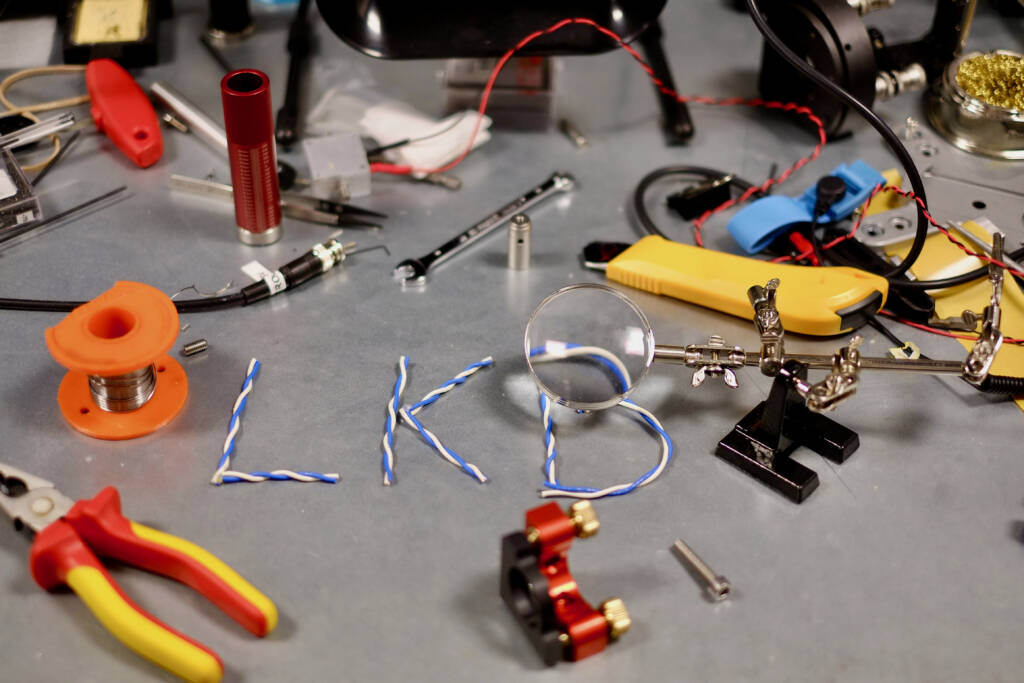
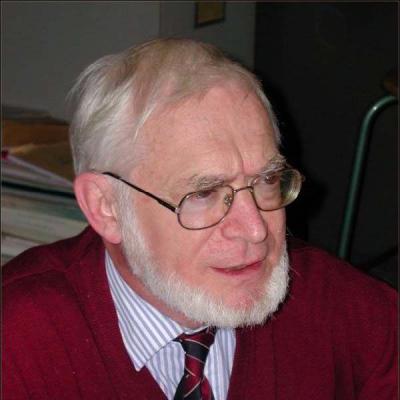
Foreword
The history of the laboratory presented here is the result of the diligent work of our late colleague and friend, Bernard Cagnac, professor at the University of Paris VI and member of the laboratoire Kastler Brossel.
We would also like to warmly thank Michèle Leduc, as well as Jacques Dupont-Roc, Jean-Michel Raimond, Franck Laloë, and Jean Dalibard for their contribution to this achievement.
Founders of the laboratory
Created in 1951 under the name Laboratoire de Spectroscopie Hertzienne de l’ENS, the laboratory adopted its current name in 1994 to honor its two founders, pioneers of modern physics in the interaction between light and matter.
“The origins of the Laboratoire Kastler Brossel date back to october 1951, when Jean Brossel returned to Paris from the United States to join Professor Alfred Kastler in the Physics Department of the ENS on rue Lhomond. He had just spent three years at MIT, where he conducted the first double resonance experiments. Alfred Kastler and Jean Brossel then decided to partner in launching the “Laboratoire de Spectroscopie hertzienne de l’ENS”, which retained this name until 1994, before adopting its current name in honor of its two founders.”
Bernard Cagnac
Three Nobel Prizes
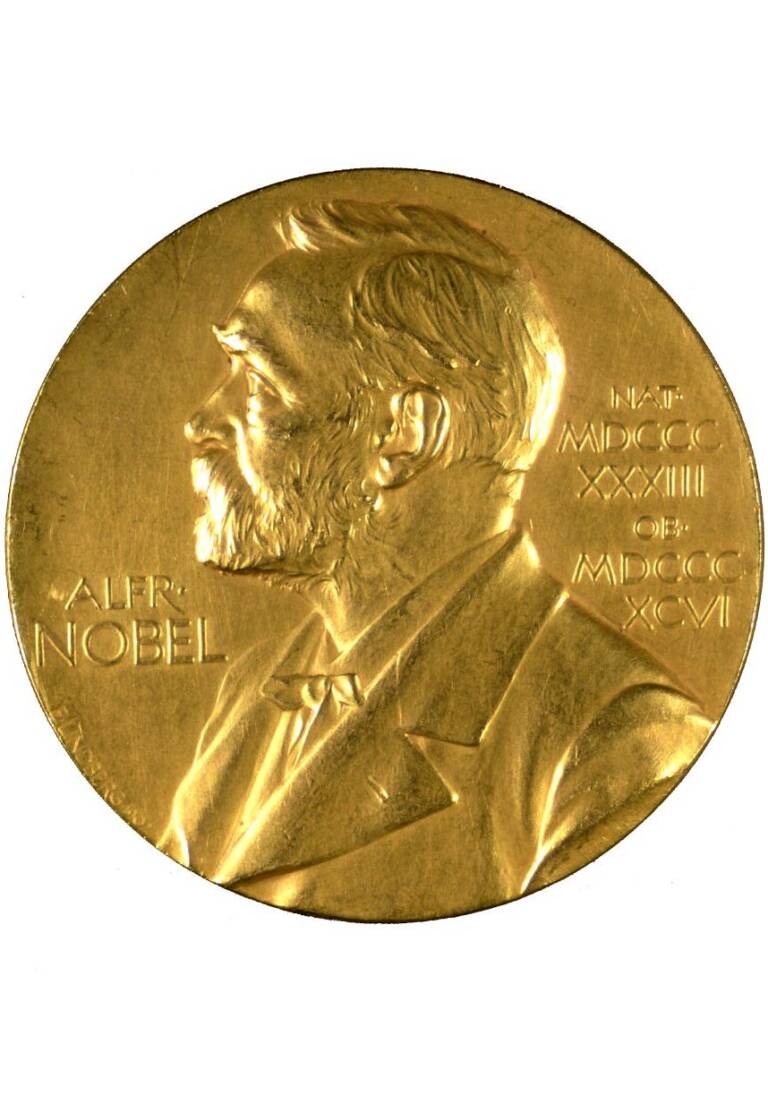
Three Nobel Prizes
Discover the official Nobel Prize pages for Alfred Kastler, Claude Cohen-Tannoudji, and Serge Haroche
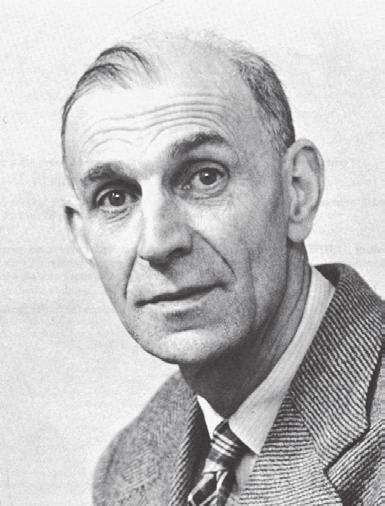
Alfred Kastler
Nobel Prize in Physics in 1966 “for the discovery and development of optical methods for the study of hertzian resonances in atoms”
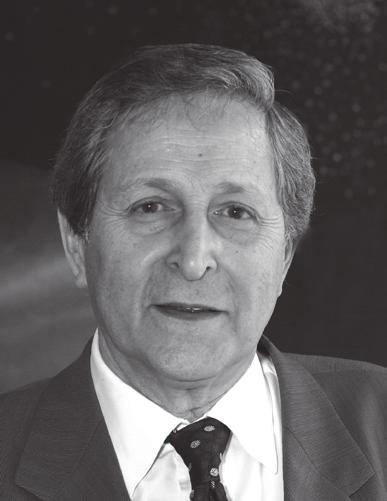
Claude Cohen-Tannoudji
Nobel Prize in Physics in 1997 “for the development of methods to cool and trap atoms with laser light”
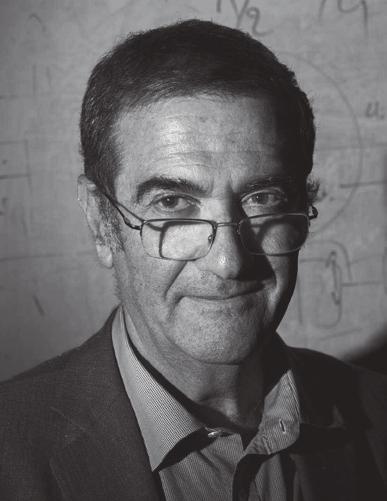
Serge Haroche
Nobel Prize in Physics in 2012 “for revolutionary experimental methods that enabled the measurement and manipulation of individual quantum systems”
Chronology
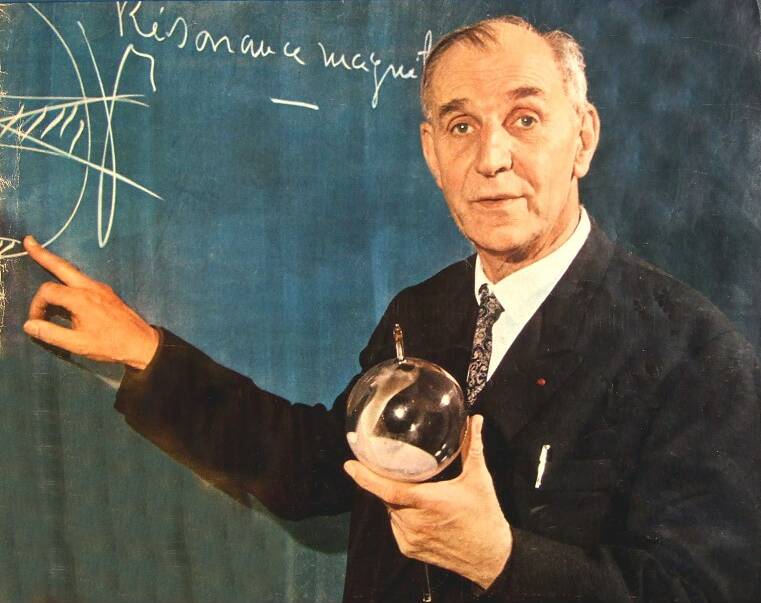
Birth of double resonance and optical pumping
During his years in the USA, Jean Brossel maintained close correspondence with his professor, Alfred Kastler. It was through these exchanges of ideas that the concept of double resonance experiments was born…
Read more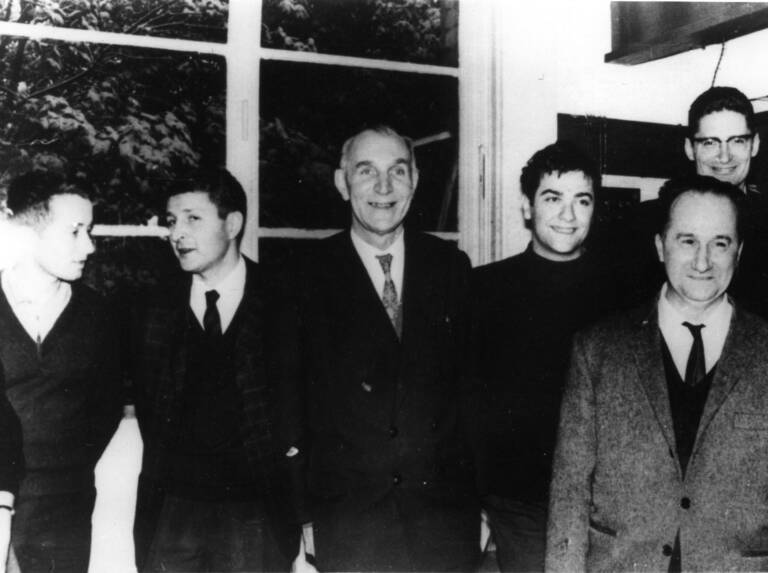
The first PhD students
In the fall of 1953, Jacques Blamont returned to the laboratory for his thesis (he had started, as a “diplomitif,” with the twilight photometry of sodium, a topic related to the early part of Kastler’s career…).
Read more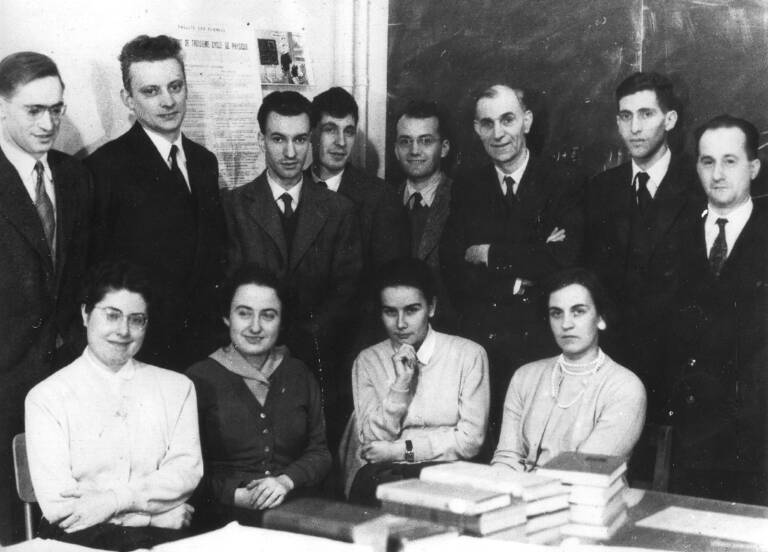
The formation of the group in the 1950s
Kastler once asked the department’s photographer to capture his research group on film. This took place in December 1956, in the small usual meeting room…
Read more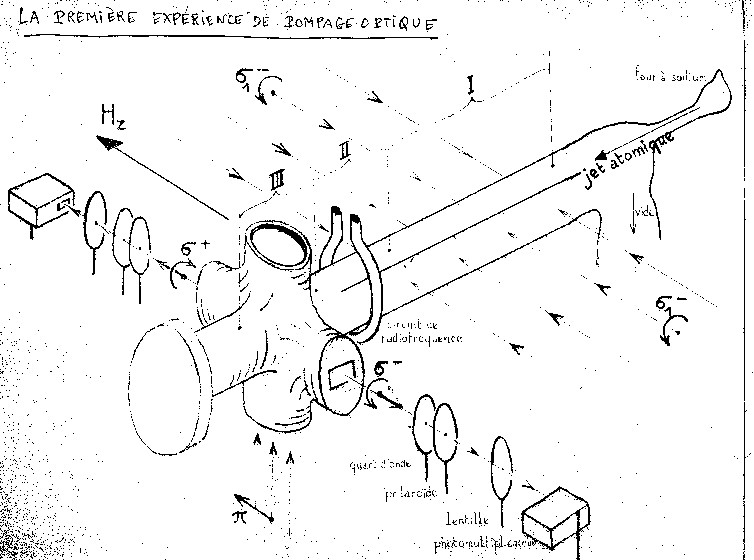
The atmosphere of the 1950s
Material conditions were still marked by the four years of war and occupation, followed by several years of reconstruction, during which state financial resources were prioritized…
Read more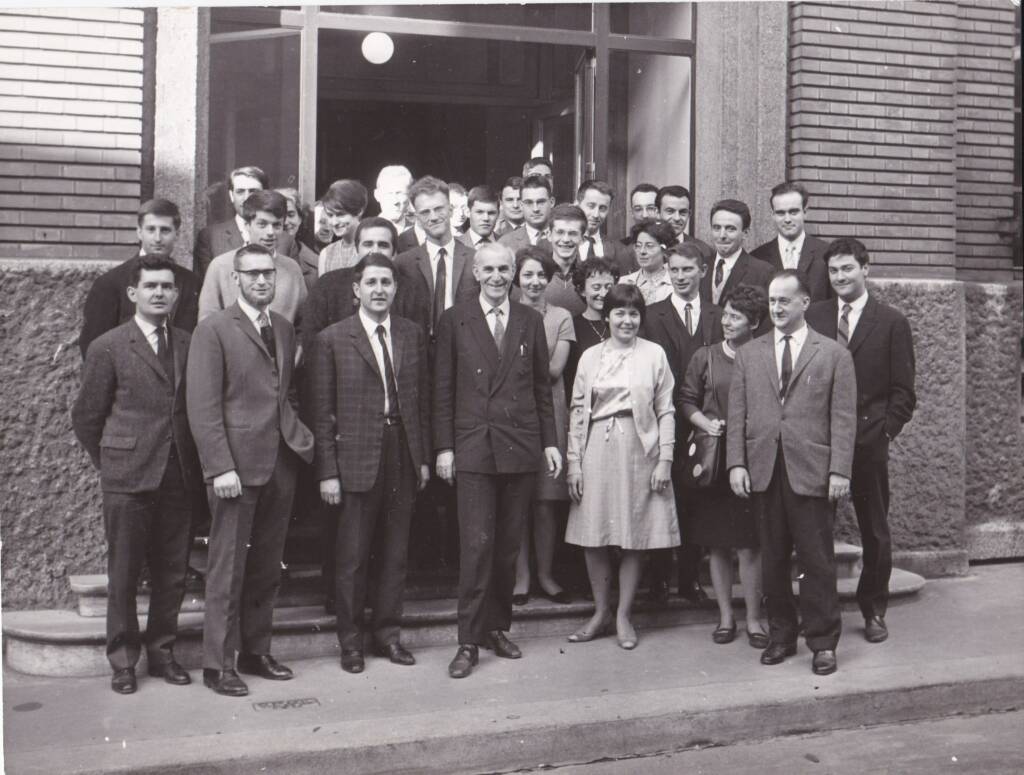
The growth of the group in the 1960s
It is important to remember that at that time, nearly all funding sources available for preparing a doctoral thesis (as CNRS research interns or university assistants) were temporary and offered no opportunity for advancement…
Read more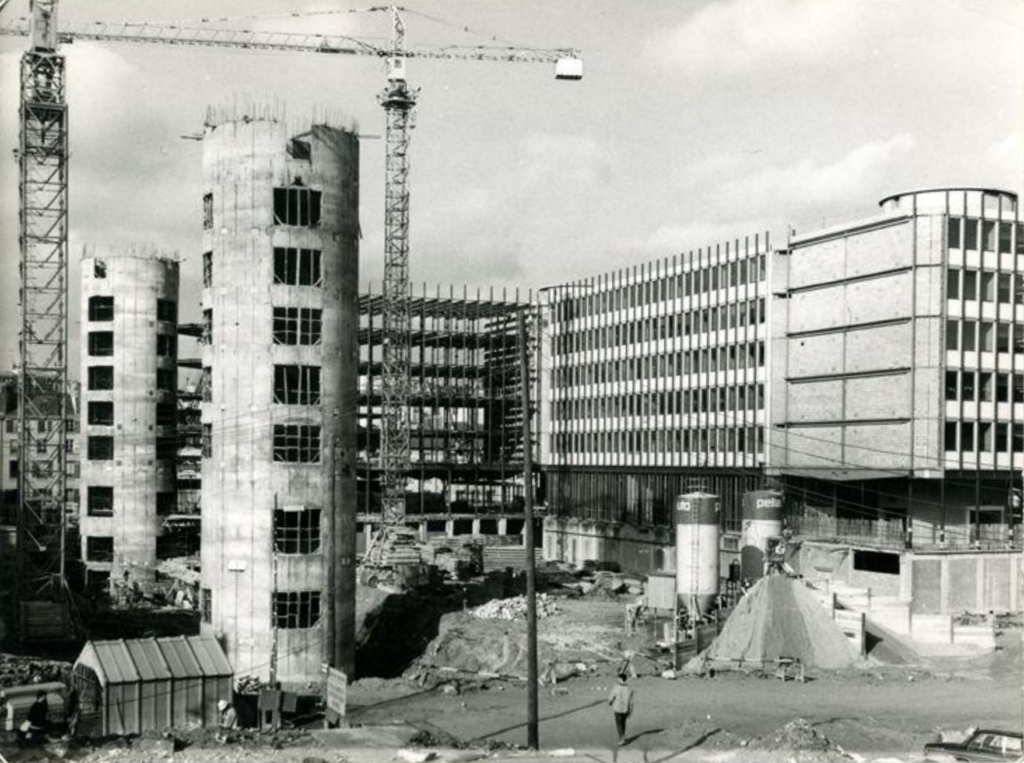
The Jussieu extension and the tunable laser revolution
It was clear from the early 1950s that the Faculty of Science could no longer accommodate the growing number of post-war students in the old Sorbonne buildings…
Read more
The end of the 20th century
For the sake of accuracy in history, it is important to mention the year 1972, marked by the retirement of the research director at the CNRS, Alfred Kastler. However, he continued to frequent the laboratory regularly…
Read more

